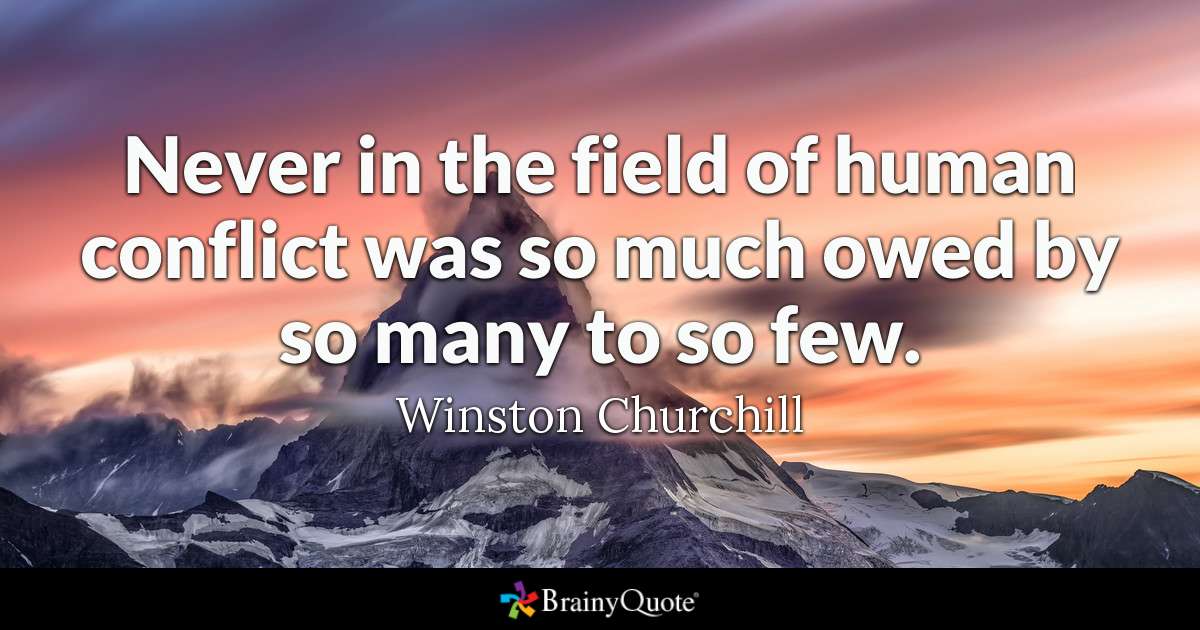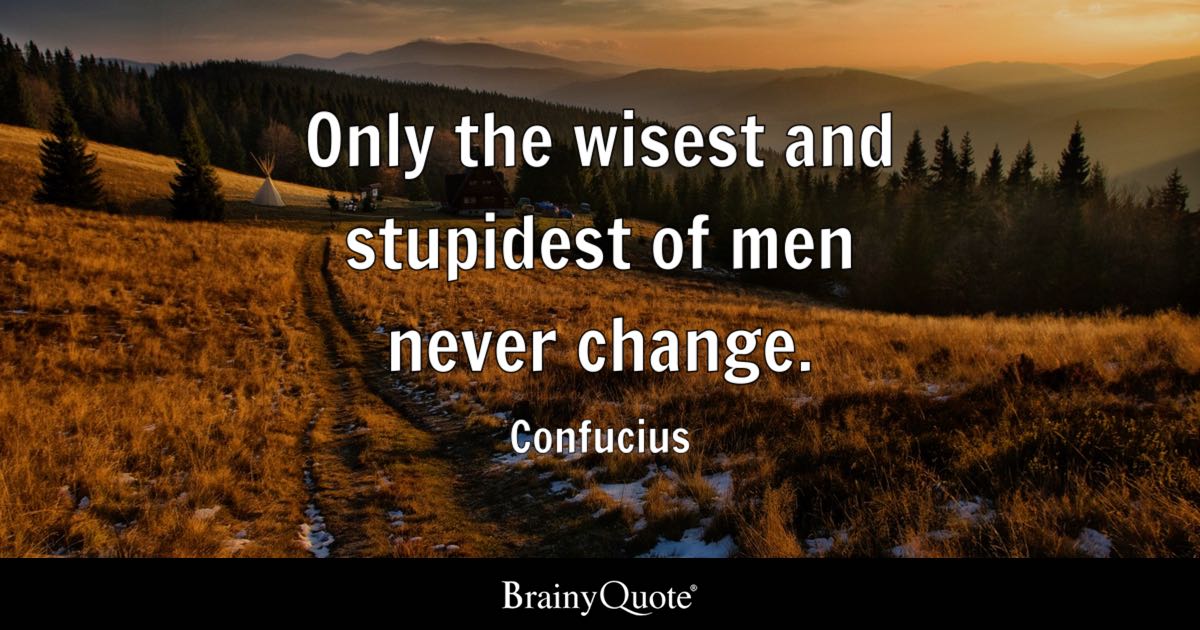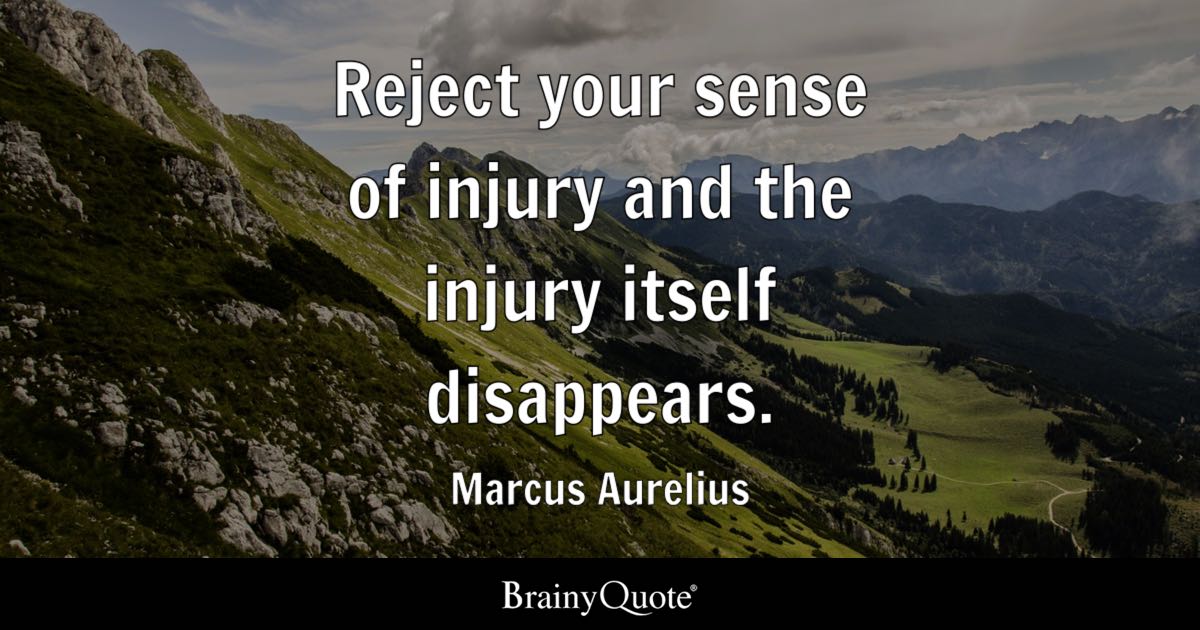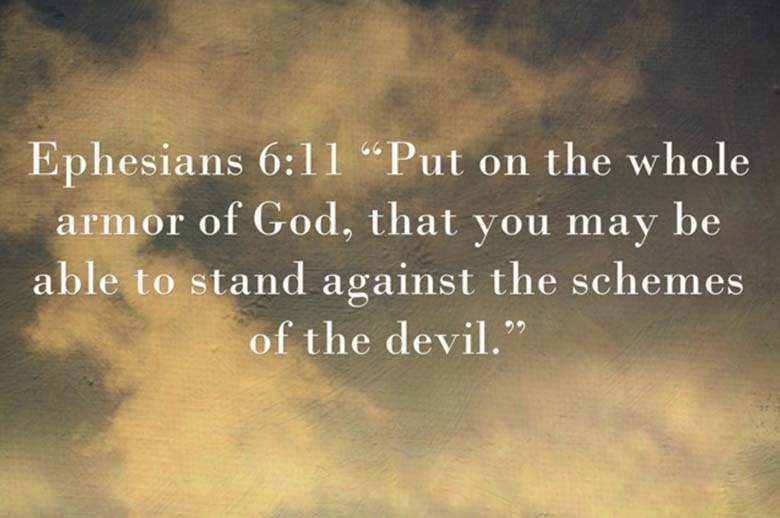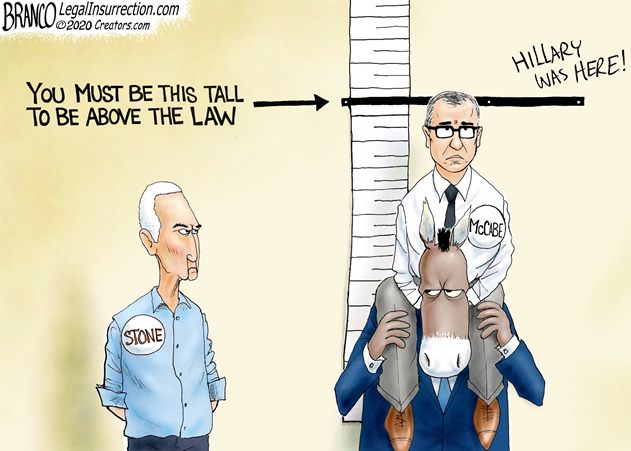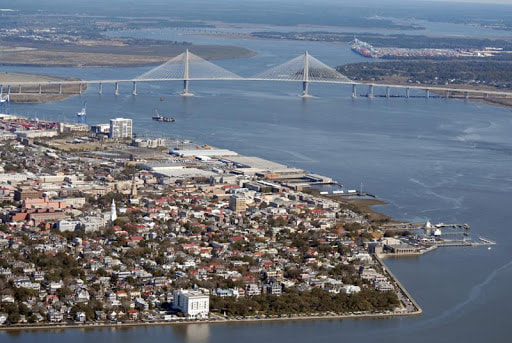|
8 odd facts about daylight saving time
What Ben Franklin, candy makers and 'American Idol' have to do with the shifting clocks. It happens twice a year: Spring forward, fall back. This semi-annual shifting of the clocks occurs on different dates across the globe for a variety of reasons and has some interesting side effects. Behold, eight strange facts you may not have known about daylight saving time. 1. Ben Franklin was an early advocate of changing the clocks. His kite experiment may have given us electricity, but this founding father was also famous for giving us something else: Time travel. Sort of. The famous inventor first discussed changing the clocks in 1784 when he penned an essay titled “An Economical Project for Diminishing the Cost of Light” in The Journal of Paris. One of the rationales he suggested? Longer daylight hours would save on candle use. 2. It happens at different times in different countries.Not everyone changes the clock on the same date, which can make for confusing calls to friends and family in other countries. For example, Brazil already changed its clocks on the third Saturday in October. Israel usually changes the clock on the last Sunday in October (the 25th this year). That means that for a few days this month, Tel Aviv will only be six hours ahead of New York City instead of seven. "There is no international authority governing timekeeping," Michael Downing, the author of Spring Forward: The Annual Madness of Daylight Saving, told From The Grapevine. "There is no logic to the confusion." 3. Candy makers and the barbecue industry enjoy it.Longer amounts of daylight in the fall means more time for kids to go trick-or-treating on Halloween. In 2007, the United States began pushing back the time change until after the holiday. The barbecue industry is also a big proponent of the extended daylight hours. In 1986, when the U.S. added an extra month of daylight saving time, it was estimated to be worth $100 million in extra sales of grills and charcoal briquettes. 4. TV networks don't enjoy it as much.Earlier sunsets mean more people will come home after work and settle in to a good episode of "Jane the Virgin" or a comforting "Seinfeld" rerun. So when the clocks "spring forward" and offer more hours of sunlight, people often choose to run errands and do other recreational activities after work. (Soccer practice, anyone?) TV viewership numbers usually drop each spring. Indeed, the hit singing competition "American Idol" received historic low ratings in 2009 immediately following the spring time change. According to estimates, prime-time TV shows shed 10 percent of their viewers on the Monday after the clocks are changed. "I think television networks would like it to be dark as soon as you left the office and headed home for the night," Bill Gorman, of the website TV by the Numbers, told NPR. "And maybe it started raining or snowing a lot as soon as prime time began." 5. It can cause lower SAT scores.A fair warning for high school students: The change in clocks can mess up sleep schedules for teenagers and cause them to do poorly on the college entrance exams, according to a study in the Journal of Neuroscience, Psychology, and Economics. The researchers reported a 2 percent decrease in scores when the SAT tests were administered after daylight saving time. We assume questions about the time-space continuum were not covered on the exam. 6. Arizona and Hawaii don't participate.Arizona hasn't changed its clocks since 1968. "Interestingly enough, not observing daylight saving time seems to impact me the most when I work," Ronaldo Herreras, a 30-year-old Arizona native, told From The Grapevine. A banking analyst, Herreras said he has to come in earlier to support his clients outside of Arizona. "It makes it hard to keep a set schedule throughout the year." As for Hawaii, opting out of changing the clocks was more of a practical decision: Extending daylight doesn't help much in Hawaii's tropical latitude. 7. It saves energy (or does it?)A study by the U.S. Department of Transportation showed that the country's electricity usage is cut by 1 percent each day because of daylight saving time. Although a study from the University of California, Santa Barbara found the opposite: Professor Matthew Kotchen collected data on 250,000 households and 7 million observations of monthly billing data, and estimated that – contrary to the conventional wisdom – daylight saving time actually increased electricity consumption between 1 and 4 percent. 8. It's singular.It's called daylight saving time, not savings. "There is a lot of contention over words that are used so often as a colloquialism that they eventually become part of acceptable use,” Sharon Feingold, of accent and dialect training company Babel Consultants, told From The Grapevine. "Certain friends of mine refuse to accept those changes, even if Merriam-Webster has adjusted the spelling or definition. Admittedly, I only learned a few years ago that saying ’so anyways' is actually a transgression, and the word is actually ‘anyway.' So it doesn’t surprise me that savings has, in a sense, become universally adopted, to the dismay of many wordsmiths."
Comments
Warriors4Trump Comment Policy
Please be sure to review our community guidelines before commenting. Thank you! Warriors4Trump Comment Policy
Please be sure to review our community guidelines before commenting. Thank you! Warriors4Trump Comment Policy
Please be sure to review our community guidelines before commenting. Thank you! Warriors4Trump Comment Policy
Please be sure to review our community guidelines before commenting. Thank you! Warriors4Trump Comment Policy
Please be sure to review our community guidelines before commenting. Thank you! 10 Facts About Charlotte You Never Knew Were True
If you live in Charlotte, you are probably aware that our city has so much to offer and is one of the coolest places to live in the South… but did you know these little known facts about our town? Take a look at these fun facts and test your knowledge of of the QC. We’ll be impressed if you already know them all! 1. Charlotte was the location of the United States' first gold rush in 1799. The Carolina Gold Rush began in 1799 after the nation's first golden nugget was found in Cabarrus County by a 12-year old boy. A second nugget was found in 1803, which led to Carolina farmers checking their land for gold and mining in local stream beds until the 1830s. Today, Reed Gold Mine, the location where the first nugget was found, is a historic landmark in Cabarrus County where tourists can visit and mine for their own gems! 2. Charlotte has made quite a few appearances on the big and small screens. The QC is not only an attractive spot to live for most Charlotteans, but it's also caught the eye of some major film and television producers over the years. Famous movies that have filmed in Charlotte include Shallow Hal, The Hunger Games, Sully, Talladega Nights, and Days of Thunder. Some awesome TV shows have been filmed here too! Homeland is one locals loved to see being shot around town from 2011 - 2013, Banshee and The Bachelorette are all TV shows that have made Charlotte famous on the small screen. 3. James K. Polk was born in Pineville. Did you know the United States' 11th president was born right down the road in Pineville? His cabin still stands today and is open to the public to visit, tour, and learn about the President's childhood in North Carolina. 4. The Charlotte Hornets' famous name dates back to 1780. Did you know our beloved Hornets got their name from British General Charles Cornwallis. During the Revolutionary War, General Cornwallis marched through Charlotte where he met opposing troops. As a result Cornwallis nicknamed Charlotte as "a Hornets Nest of Rebellion," and the name definitely stuck! Centuries later, Charlotte is still referred to as the "Hornets Nest" and our favorite basketball team is named after it. 5. Charlotte is the pimento cheese capital of the world. In 1953, a family-owned kitchen on Wilkinson Blvd. began mass producing and selling pimento cheese to local grocers. Ruth's Salads is now the top pimento cheese producer in the country, and makes 45,000 pounds per week of the tasty Southern spread! Perhaps this is why almost every restaurant in Charlotte features some sort of variation of the dish, from pimento cheese fries to pimento cheese topped burgers. 6. The city of Charlotte is named after Charlotte of Mecklenburg-Strelitz, who was the Queen of Great Britain at the time the town was founded. This is why Charlotte is fondly nicknamed the Queen City! 7. We have a historic Dairy Queen. North Carolina's oldest Dairy Queen is located on Wilkinson Blvd., and has actually been named a historic landmark in Charlotte. A unique logo featuring an Eskimo holding an ice cream cone makes the shop hard to miss, so next time you're driving by make a stop here and taste the sweetness of history! 8. There are more than 170,000 cats and dogs registered as pets in Mecklenburg County. We love our pets. So much so that there are three dog bars in Charlotte and endless doggie day cares! There is even a new cat cafe where people can go enjoy a cup of coffee while petting some friendly felines. Is there any place better? 9. The QC is the largest metropolitan area in the U.S. that does not have a zoo. Don't worry though, we DO have the Lazy 5 Ranch, where you can feed giraffes out of the palm of your hand. We'll take that any day! 10. Charlotte is the largest city in the state of North Carolina... ...and it is the third fastest growing major city in the United States! Warriors4Trump Comment Policy
Please be sure to review our community guidelines before commenting. Thank you! Warriors4Trump Comment Policy
Please be sure to review our community guidelines before commenting. Thank you! 25 Things You Should Know About Charleston
South Carolina’s largest city is long on history and steeped in Southern charm. It’s also distinctly modern, with a lively performing arts scene and a lineup of foodie-approved restaurants putting a contemporary spin on Charleston SC. 1. In 1663, England’s King Charles II awarded the Carolina territory to eight loyal friends who had helped him regain the throne after years in exile. In 1670, the first expedition sailed across the Atlantic and established the province’s first settlement, which they called Charles Town. The name would hold until after the American Revolution, when victorious colonists shortened the name to Charleston. 2. The Ashley and Cooper Rivers, which border Charleston’s historic central district, are named for the same man. Anthony Ashley Cooper, formally known as the 1st Earl of Shaftesbury, was one of King Charles’ buddies—or “Lord Proprietors,” as they were known. He’s credited with picking Charleston’s location (just west of where it’s currently situated), and with establishing a progressive “Grand Modell” for the town’s development along with his assistant, John Locke. 3. In 1761, two tornadoes—one barreling down the Ashley River, the other down the Cooper River—converged over Charleston’s harbor. So powerful was the combined twister, one witness wrote, that it “ploughed the Ashley River to the bottom and lay the channel bare.” Four people were killed and five ships sunk. 4. Charleston was the frequent target of pirate attacks in its early days. In 1718, none other than Edward Teach, a.k.a. Blackbeard, attacked several ships trying to enter the harbor. He took hostages and ransomed them for a chest of medicine. 5. Up until the early 19th century, Charleston had the largest Jewish population of any city in North America. Historians trace this to Cooper and Locke’s original charter, which expressed tolerance for all religions—well, except for Catholicism. Cooper and other English royals were not on good terms with the Roman Catholic Church. 6. In 1776, colonists holed up in a makeshift fort on Sullivan's Island traded fire with nine British warships bent on conquering Charleston. The fort’s commander, William Moultrie, called it “one continual blaze and roar.” The battle lasted several hours, but Fort Sullivan’s palmetto logs held up against the barrage, and eventually the attacking fleet retreated. The effort staved off British occupation for four years and became a symbol of American resilience. The fort was renamed Fort Moultrie, in honor of its commander, and South Carolina adopted the flag Moultrie flew as its state flag, adding in an image of a palmetto tree for additional symbolic value. 7. Another famous fort didn’t fare as well, of course. In 1861, Confederate forces fired the Civil War’s first shots on Fort Sumter, situated in Charleston Harbor. According to writer Mary Chestnut, locals took in the 34-hour spectacle in a very Southern fashion: Sitting on their porches, toasting to the event. 8. Stroll around Charleston and you’ll notice numerous homes accented with a dark green known as Charleston Green. The story goes that after the Civil War, the Union sent buckets of black paint for residents to use when fixing up their damaged homes. Rather than use only Yankee black, however, citizens mixed in a bit of Southern yellow and created the distinctively dark hue. 9.In 2008, the Toni Morrison Society—inspired by her comments about the need for memorials dedicated to the victims of America's slave trade--built a bench on Sullivan's Island, where nearly 40 percent of slaves landed following the Middle Passage. This was the first monument in the society’s “Bench by the Road” project, which has placed benches around the world in locations significant to slavery and black history. 10. There are numerous stories about why the colonial-era houses along Charleston’s Rainbow Row are so colorful. One states that the colors helped drunken sailors identify their lodgings, while another says merchants used them to identify goods sold in each building. The truth, though, is decidedly less colorful: In 1935, a judge and his wife decided to paint their home a lively pink, and their neighbors followed suit. 11. On August 31, 1886, the largest earthquake ever recorded in the southeast United States occurred near Charleston. The 7.8-magnitude quake, which damaged buildings in states as far away as Ohio, killed 60 people and caused more than $5 million in damages. Included in that estimate were more than 14,000 destroyed chimneys. 12. A local orphanage significantly influenced the development of jazz music in South Carolina and throughout the U.S. Established in 1891 by the Reverend Daniel J. Jenkins, the Jenkins Orphanage taught its young residents how to read and play music on donated instruments. It also formed the Jenkins Orphanage Band, which traveled the country. Over time, the students developed a swinging style that became a hit with audiences far and wide. While touring in New York, the band’s playful dance moves (borrowed from Charleston’s Geechie culture), inspired composer James P. Johnson, who composed a song called “The Charleston.” Along with the accompanying dance, it quickly became a nationwide craze and a symbol of the jazz age. 13. Local author DuBose Heyward’s 1925 novel Porgy offered readers a look at Charleston’s Gullah community, and inspired George Gershwin’s folk opera Porgy and Bess. To get a close look at the culture of Catfish Row, in 1934 Gershwin decamped from New York and spent the summer living on Folly Island, where he composed alongside Heyward. 14. In 1969, workers at the South Carolina Medical College Hospital went on strike to protest substandard pay and working conditions for minorities. The strike, which lasted four months, resulted in improvements for employees, and became a model for healthcare labor efforts. It’s also seen as a seminal moment in the Civil Rights movement, having drawn the support of such luminaries as Coretta Scott King and Ralph Abernathy. 15. For seventeen days every summer, Charleston’s theaters, churches, and other performance spaces fill up with live music, plays, operas, and dance numbers. The Spoleto Festival, modeled after a similar festival in Italy, features new and established performers from around the world. Yo-Yo Ma played at the inaugural festival in 1978, shortly after graduating from Harvard [PDF]. 16. The first theater in America, the Dock Street Theatre, was built in 1736 on the corner of Church and Dock Street. It burned down just a few years later, in 1740, but 200 years later the city built a new Dock Street Theatre, which continues to stage performances to this day. 17.The Charleston City Market is one of the country’s oldest public markets. First opened in 1804, it featured meat, fish, and vegetable vendors, and was notorious for the flocks of buzzards (affectionately called “Charleston Eagles”) that would swoop down for scraps. These days, the market features an enclosed, air-conditioned Great Hall as well as open-air sheds selling everything from handmade baskets to stone-ground grits. 18. The first golf club in North America, the South Carolina Golf Club, opened in 1786 on a peninsula field known as Harleston Green (really!). Back then, the ball was known as a “feathery,” and the holes didn’t have flags, tee boxes or a putting green. 19. All of Charleston’s traditional multi-level homes, or “single houses,” feature piazzas that face south or west in order to take advantage of cooling breezes. Back in the 18th and 19th century, that was the closest residents could get to air conditioning. 20. South Carolina’s oldest public building is a former gunpowder storage facility called the Powder Magazine. Built in 1713, back when Charleston was walled in to protect against land and sea attacks, the small building features three-foot thick walls and a thin, gabled roof—an ingenious design that, were all that powder to ignite, would send the explosion shooting upwards rather than outwards. |
Archives
April 2023
Categories |

